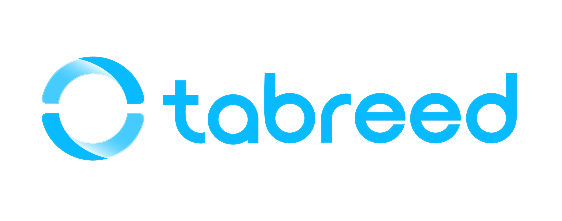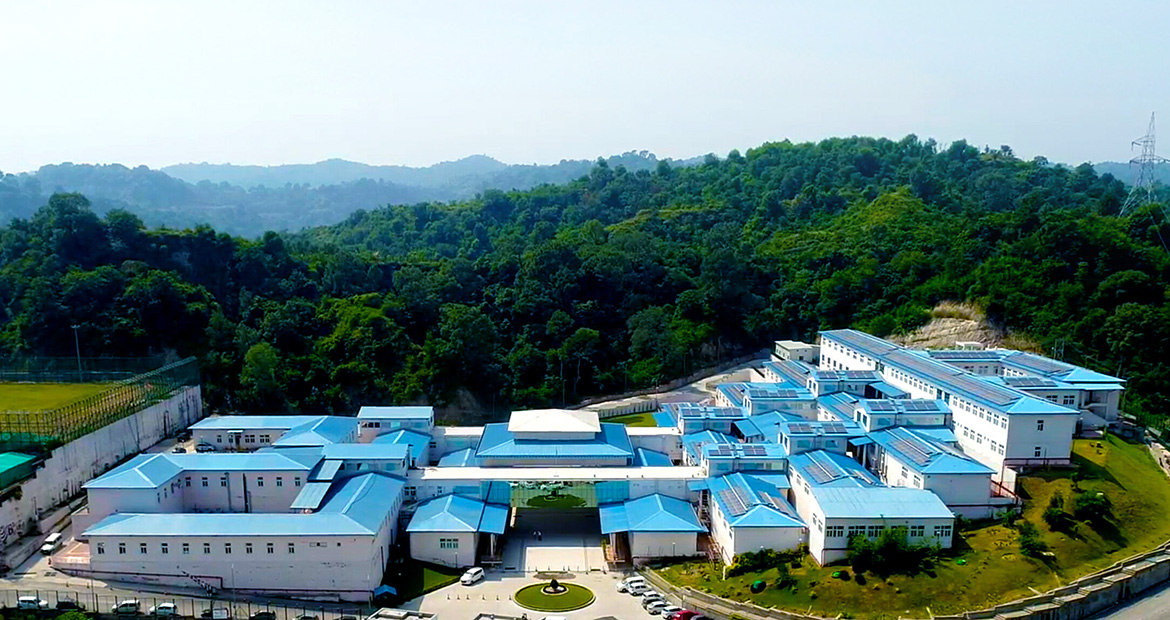In a pioneering partnership in the subcontinent, the Indian Institute of Technology Jammu (IIT) – Jammu, the International Finance Corporation (IFC), and Tabreed in India, have launched an innovation lab and start-up incubator at the IIT-Jammu campus to rapidly advance the development and deployment of cutting-edge, climate-smart cooling solutions in 2023.
The innovation lab will pilot several disruptive pre-market technologies to demonstrate the viability and scalability of more energy efficient HVAC solutions to be deployed in South Asia. The inauguration of the lab comes on the heels of COP28, and is part of IFC’s TechEmerge Sustainable Cooling Innovation program, which is implemented in partnership with UK Aid and Tabreed in India. Through a unique and an independent approach, the lab will leverage IFC’s global reach and Tabreed’s unmatched scale in deploying technology and OEM agnostic cooling solutions such as AI/IOT-solutions, nanotechnologies, and solar and renewable energy solutions for hotels, shopping malls, and other developments, data centres, cold chains, transport, and more.
The lab will act as a much-needed catalyst to bridge gaps in the cooling market. The solutions will be subject to rigorous testing and evaluation, and the conducive and controlled environment established at IIT Jammu will ensure they are market-ready, deployable in a real-world context, and, most importantly, accessible and affordable for large scale adoption.
Currently the pilots are in various stages of execution, details below:
Piloting across 4 broad areas:
|
SN |
Pilot |
Pilot Objective |
|
1. |
Phase Change Material (PCM) based TES |
|
|
2. |
Internet of Things (IOT) |
|
|
3. |
Heat Rejection |
|
|
4. |
Heat Exchange |
|

